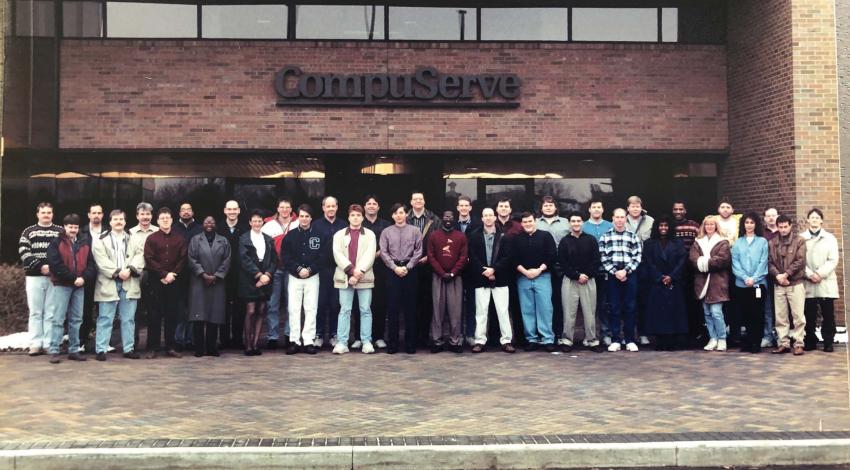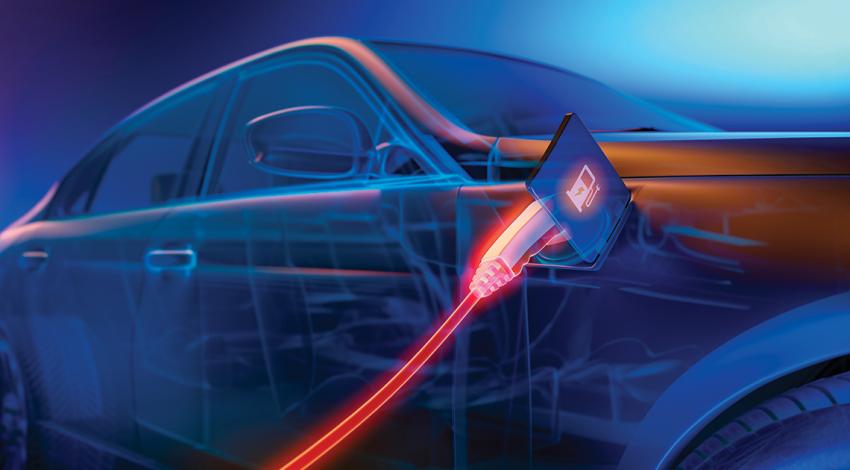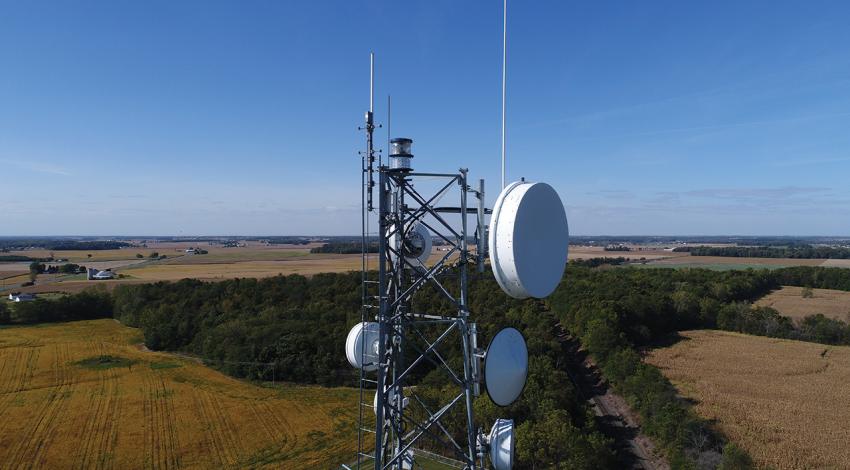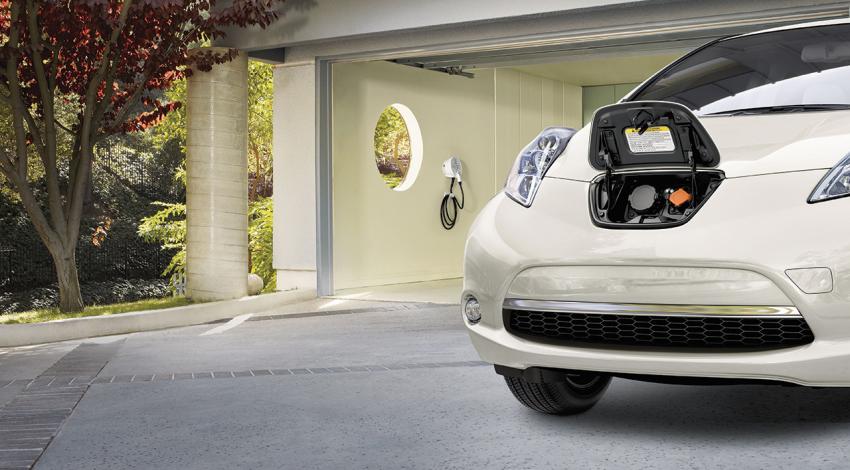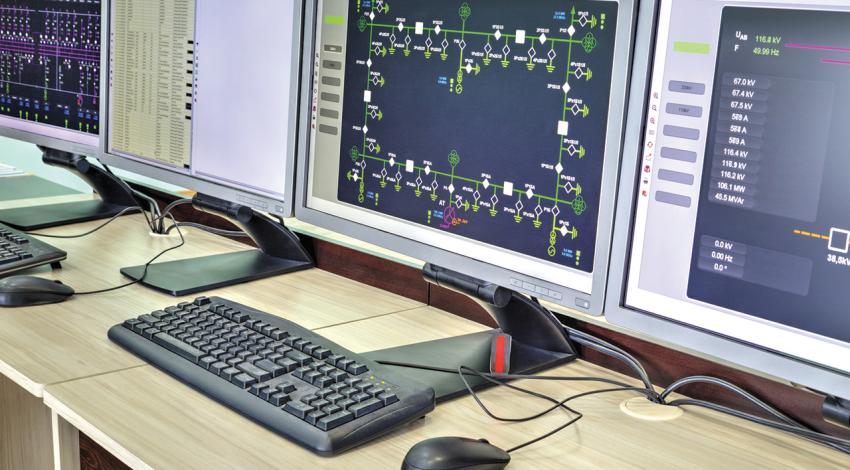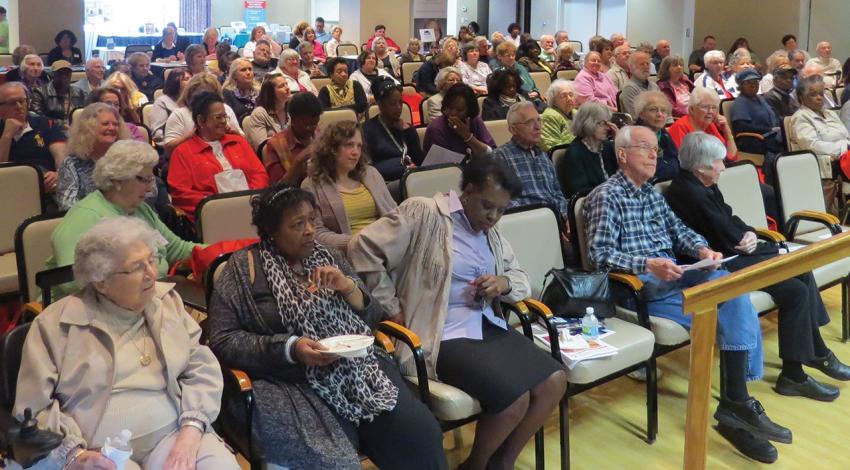Often in life, we need to balance the practical with the possible. This is especially so as we navigate the social and political demands to rapidly reduce the amount of carbon emitted from the energy we use.
EPRI has been at the forefront of research to determine pathways that may someday lead to achieving dramatically lower carbon emissions that could meet the stated goals of many nations, organizations, and businesses around the world.
In my time on the board at EPRI, I’ve gotten a behind-the-scenes look at how our industry has been grappling with the many issues and concerns of rapid carbon emission reductions and identifying pathways that would allow us to meet those social and political demands. Among those concerns:

